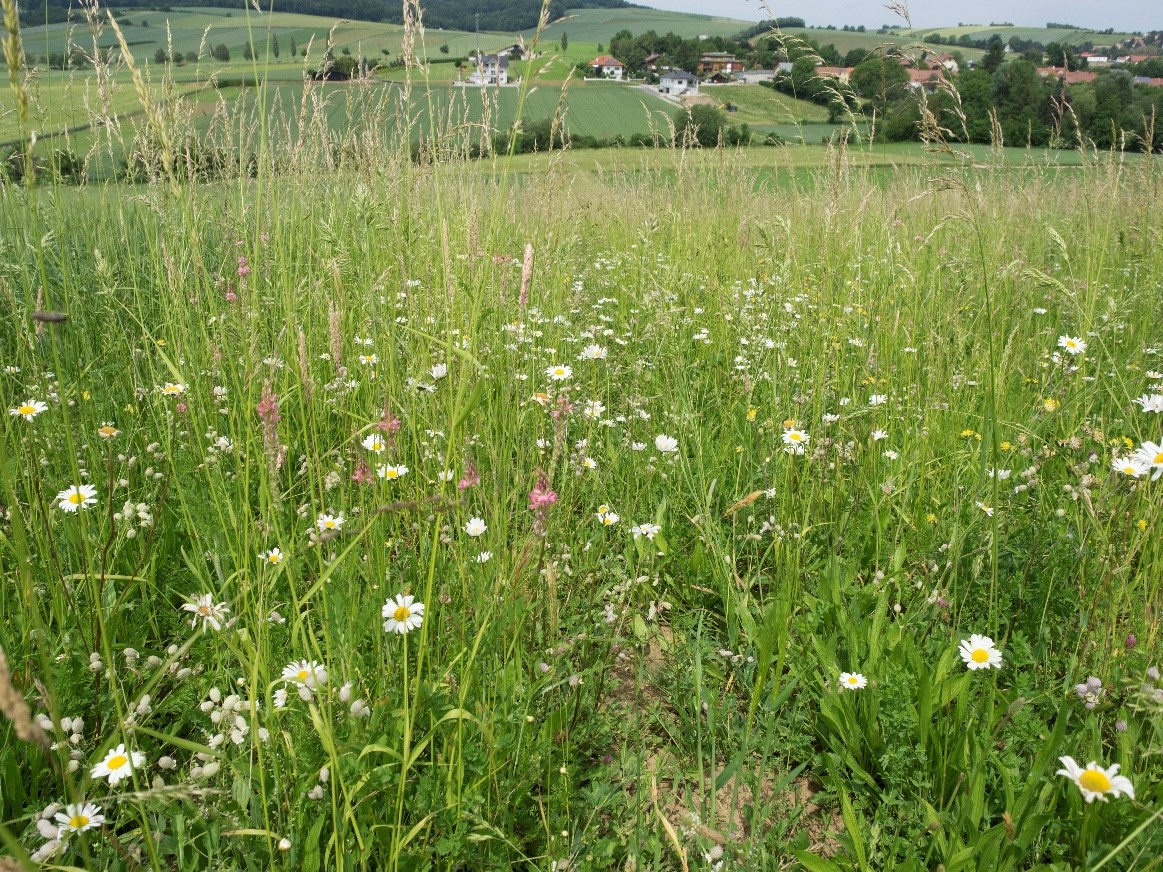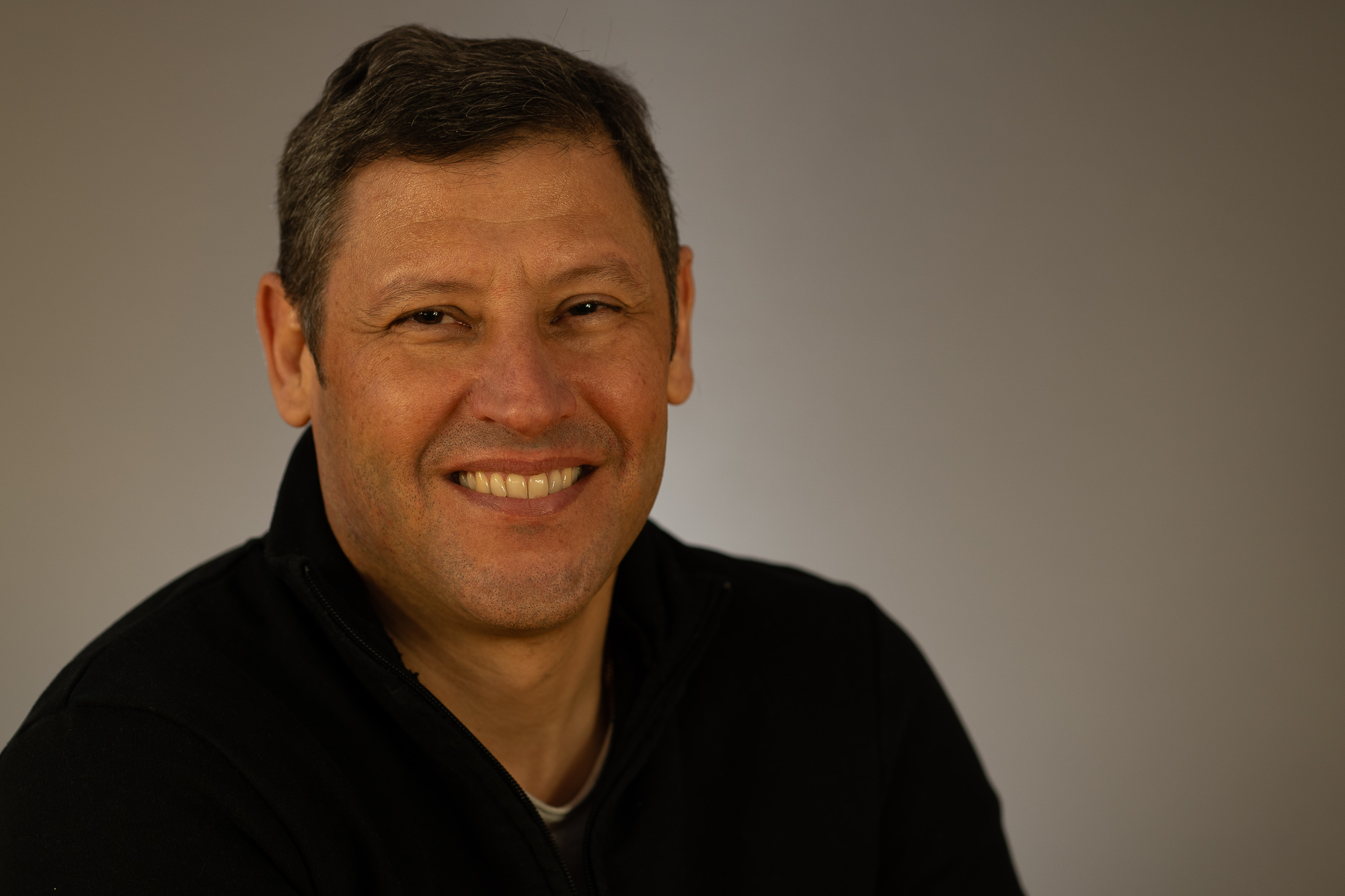The question therefore arises about strategies to not only protect extensive grassland areas with high floristic biodiversity in the intensively used agricultural landscape, but also to reintegrate them into our cultural landscape in order to create a (super) livelihood for native insects and the current one To halt the collapse of biological diversity and the significant decline in associated ecosystem services.
Project description
In the REGRASS project, the contribution of newly created ecological compensation areas to promoting the biodiversity of beneficial organisms and ecosystem services in the agricultural landscape was examined over a period of three years, whereby the task of the HBLFA Raumberg-Gumpenstein as a project partner was to create suitable strips of extensive grassland establish. For this purpose, flower-rich meadows in the form of strips of grassland in the middle of agricultural fields were created on five test areas in late summer 2016 and cultivated as double-cut meadows by contract farmers. The project partners from the University of Natural Resources and Life Sciences and the University of Vienna examined the diversity and abundance of spiders, ground beetles and ants, which make important contributions to reducing pests, as well as important pollinators such as wild bees, honey bees, bumblebees and hoverflies. In addition, animal numbers were compared between new and old meadows as well as so-called biodiversity areas (subsidized ÖPUL areas). The results obtained provide information about the initial settlement speed and thus about the effectiveness of newly created meadows as ecological compensation areas and are part of the final report of the corresponding FWF project, which will be published at the beginning of 2021.
Results
In summary, the results so far from 2017 to 2019 show that pollinating insects very quickly accept the newly created meadows as feeding habitat and fly in from the surrounding landscape. In some cases, very high numbers of individuals and species were observed in the newly created meadows. Within the predatory insects, the spiders, based on very high numbers of individuals in the newly created meadows, showed significantly higher densities in grain areas near the new meadows than in grain areas far away from the new meadows. This indicates a promotion of beneficial insects in the grain that comes from the new meadows.
With good seedbed preparation and the use of adequate establishment technology, it is possible to establish species-rich, extensive grassland stands even on nutrient-enriched, previously intensively used areas. For the ecological value of a seed mixture used for this purpose, it is necessary that it meets the relevant criteria for species selection and regionality of the species used. A high-quality certification system is necessary to guarantee compliance with all requirements. As part of the accompanying faunistic studies of these flowering areas in comparison to existing extensive meadows, ÖPUL-funded flowering areas and adjacent arable areas, these mixtures were able to demonstrate their significantly greater attractiveness for wild bees, bumblebees and hoverflies (publication on this is currently in preparation). HBLFA Raumberg- In the past project, Gumpenstein was tasked with putting together a suitable seed mixture from regional wild plants, the technical establishment of the seeds and a care concept. As a result, the development of the plant population in the newly created meadows was observed and examined for projective cover, species composition, flowering times as well as feed yield and quality.
Final report









